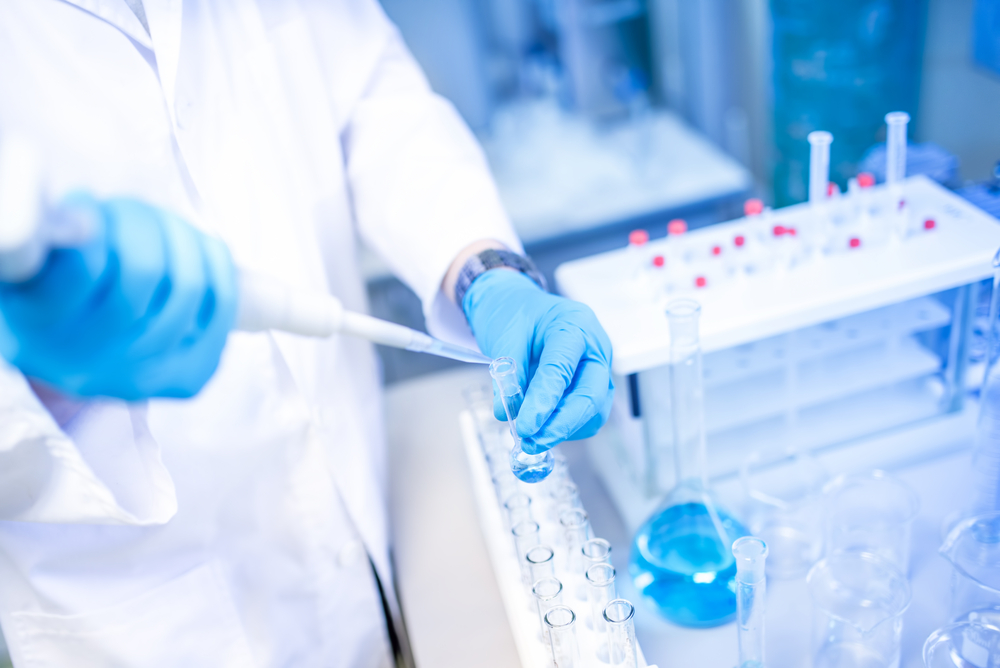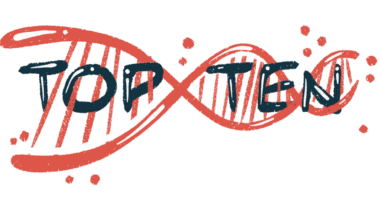Researchers Find Molecular Link Involved in Muscular Dystrophy’s Muscle Cell Damage

Researchers at the University of Michigan Department of Molecular & Integrative Physiology have deciphered a molecular connection leading to a potential mechanism to overcome protein dysfunction in Duchenne muscular dystrophy (DMD). The research paper, entitled “Dystrophin–glycoprotein complex regulates muscle nitric oxide production through mechanoregulation of AMPK signaling,” was published online in PNAS.
Loss of dystrophin, the cause of Duschenne muscular dystrophy (DMD), results in a secondary loss of function in the neuronal NO synthase (nNOS), and in the disruption of muscle nitric oxide (NO) signaling. These molecular events, which are not yet fully understood, result in excessive muscle fatigue and cardiac dysfunction and failure in DMD patients. The damage and death of cardiac muscle cells can eventually lead to dilated cardiomyopathy, the leading cause of death in patients with DMD.
Researchers used cardiomyocytes (cardiac muscle cells) from dystrophin-deficient mice to establish the pathway of regulation between dystrophin and nNOS, observing that the AMP-activated protein kinase (AMPK) signaling pathway was also disrupted. AMPK is involved in the activation of nNOS function in muscle cells during exercise, and when dystrophin absence occurs, AMPK cannot be properly activated. The team further tested if drug activation of the AMPK signaling could bypass the effect of dystrophin loss in nNOS production. Using drugs that boost blood flow, researchers observed that once AMPK was activated, nNOS production was back to normal, suggesting AMPK signaling is one of the links between loss of dystrophin and deficient nNOS function observed in muscular dystrophy patients’ cells.
“Our work suggests that AMPK signaling may be one of the links between the loss of dystrophin and the impaired nNOS function that is seen in muscular dystrophy,” says Dr. Daniel E. Michele, senior study author and professor of molecular & integrative physiology and internal medicine at the University of Michigan. “AMPK normally helps to turn on nNOS function in muscle cells, for instance when we exercise, and when dystrophin is lost, AMPK does not turn on appropriately.”
The results of this research are a significant first step in understanding how this pathway could be manipulated to improve muscle and cardiac cell function in muscular dystrophy patients. AMPK activation could be a potential therapeutic target to restore nNOS production, since the drugs used by the researchers, usually used in sports performance enhancement and in surgery to protect heart tissue, had a beneficial effect on the correction of the disrupted dystrophin-nNOS pathway.






